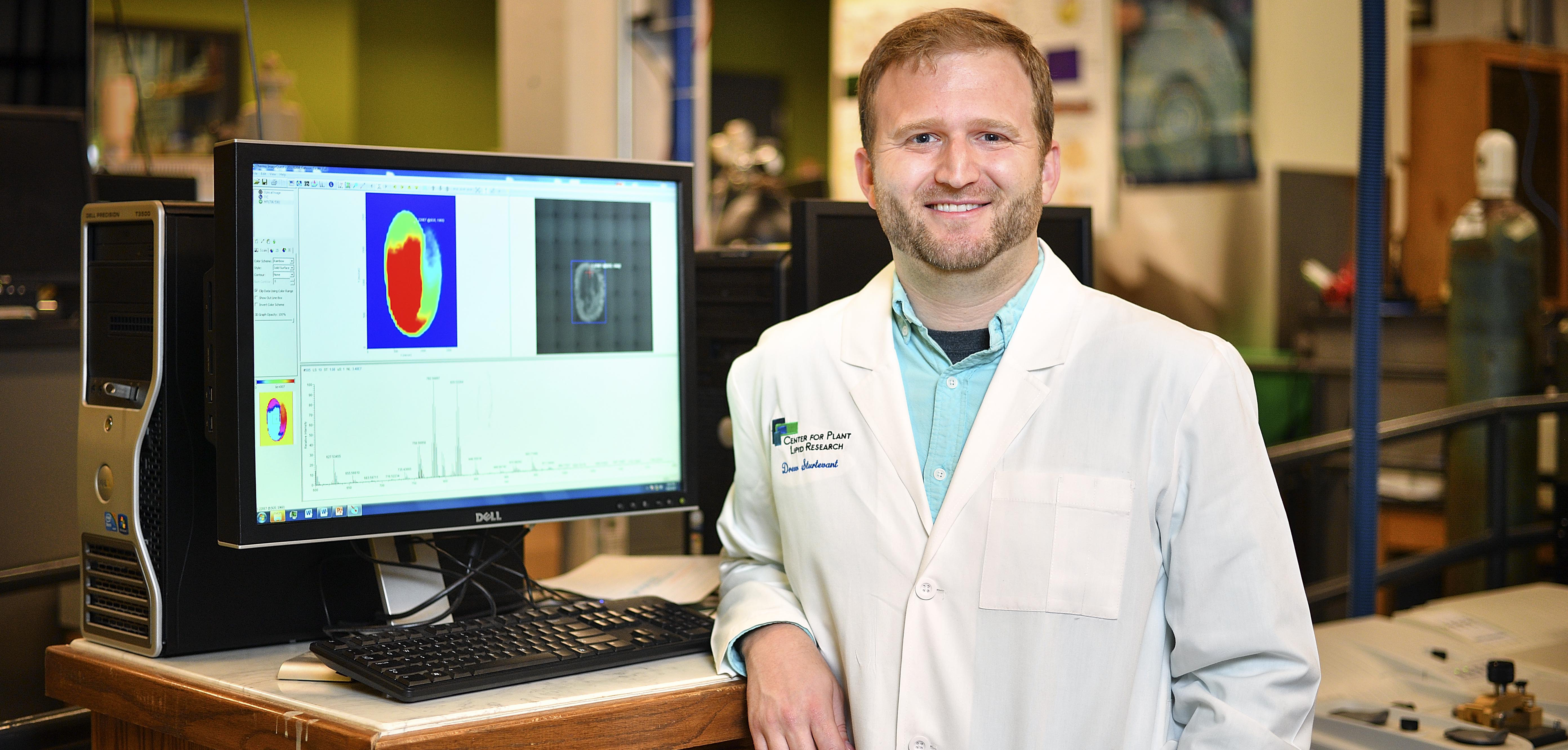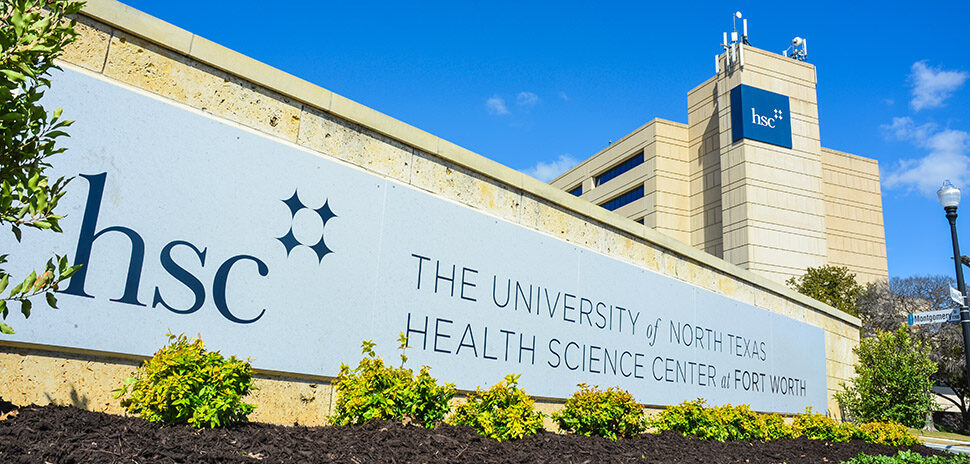A student at the University of North Texas completed the first 3D imaging of the inside of Arabidopsis thaliana, a tiny seed that is used for plant research.
Drew Sturtevant, a doctoral student in UNT’s Department of Biological Sciences, used a technology called MALDI-mass spectrometry imagery, which is used to generate chemical heat maps that give researchers an inside look at molecules in a tissue. UNT is one of the few institutions in the world that have this instrument for research, according to the university.
“Using this technology, we can direct researchers looking for specific molecules to the exactly the right place and then they can use this information to conduct further experiments.”
Drew Sturtevant
The Arabidopsis thaliana seed has a rapid life cycle and produces thousands of seeds, which makes it perfect for research. Sturtevant’s work on the chemical mapping of the seed was recently published in the BBA Molecular and Cell Biology of Lipids journal.
“Using this technology, we can direct researchers looking for specific molecules to the exactly the right place and then they can use this information to conduct further experiments,” Sturtevant said in a release. “While we used it to look at seed oils, this technology can be used to map proteins, sugars, or plant hormones. The possibilities are pretty endless.”
Sturtevant is continuing his research on the mapping of lipids and oils, but hopes to expand his work by studying different chemicals in Arabidopsis and other seeds, according to the university.
Delivering what’s new and next in Dallas-Fort Worth innovation, every day. Get the Dallas Innovates e-newsletter.

































